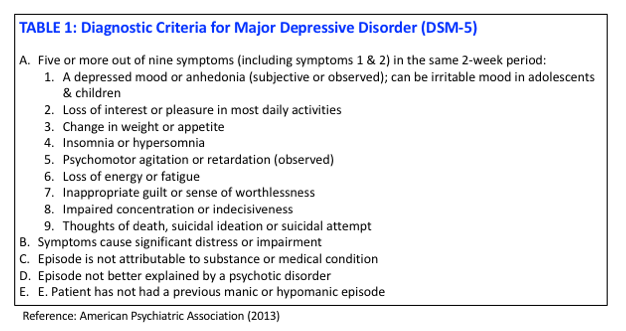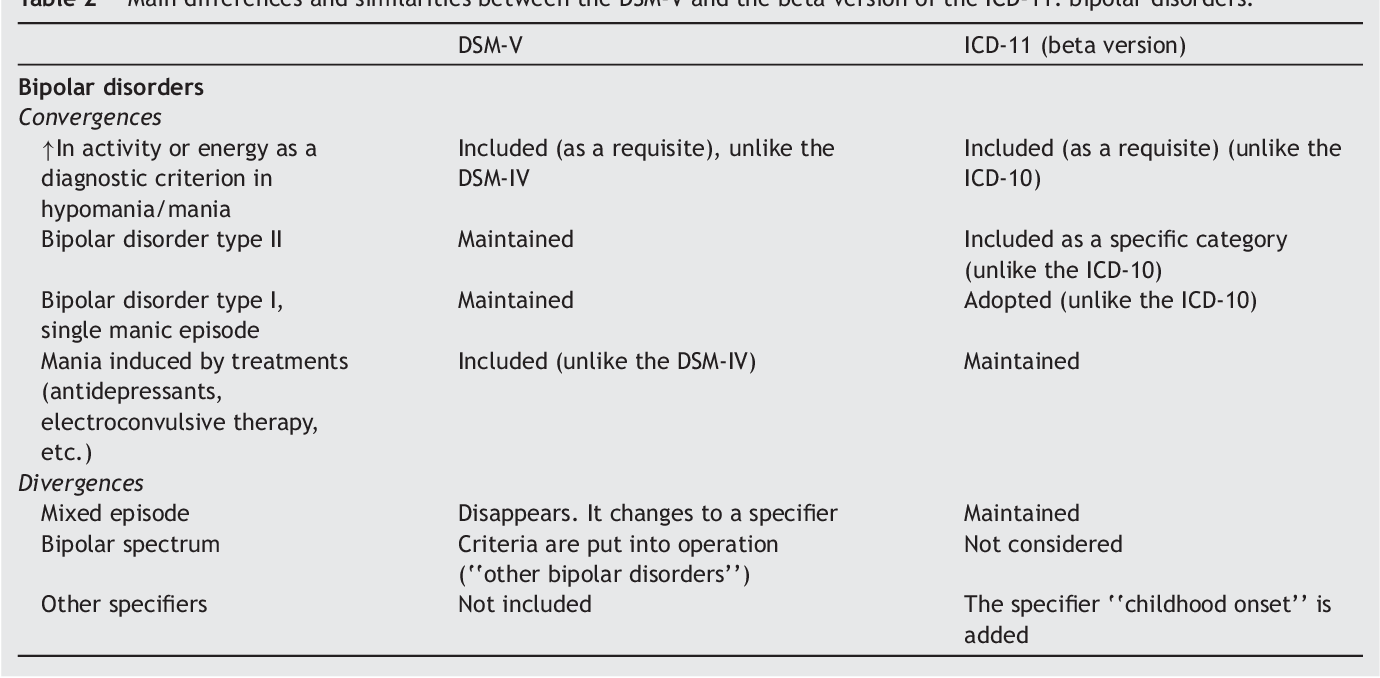

The new category of TDD probably will lead to more funding for research into mood disorders in children, and give both researchers and parents a better way of understanding the disorder.

CABF has requested the term “temper” be replaced with either “mood” or “affect.” CABF also argues that the new diagnosis should be classified as a mood disorder, as opposed to a disruptive behavioral disorder. For example, the non-profit Child and Adolescent Bipolar Foundation (CABF) believes that the use of the term “temper” is inappropriate and implies bad behavior on the part of the child rather than a serious mental disorder. “I don’t predict that otherwise normal children will be drawn into the TDD net.”Īlthough the authors of DSM-5 have taken pains to demonstrate how necessary the new classification is for parents, children, and their mental health practitioners, there has been some concern about the name of the new disorder. “Drawing children from bipolar and from ODD, and the increased attention that will be paid to the rather negative mood often found in TDD, will combine to produce a shift in distribution of diagnoses,” says Shaffer.

“This attention, coupled with movement from the large pool of kids with a diagnosis of oppositional defiant disorder (ODD), will match what parents and clinicians see with a highly irritable child,” Shaffer adds. “The attention being given to TDD will focus interest on highly irritable, who probably constitute a high proportion of children who have been given a diagnosis of bipolar disorder,” Dr. Symptoms occur absent any drug abuse or physical ailment.Temper outbursts or anger, irritability, or sadness are observed in at least two different environments (for example, at home and at school).Symptoms present for at least 12 consecutive months.Onset of symptoms between ages 6 and 10.Persistent anger, irritability, or sadness between temper outbursts.Severe temper outbursts that occur three or more times per week.TDD is characterized by the following symptoms: Under DSM-5, many children who might previously have been diagnosed with bipolar disorder probably will be diagnosed with TDD. This category is called temper dysregulation with dysphoria (TDD). Because of the differences exhibited by children diagnosed with bipolar disorder and adults with the disease, the authors of DSM have proposed a new diagnostic category under the Mood Disorders Section of DSM-5. Additionally, researchers have found that there is no gender distinction in adults with bipolar disorder, whereas in children, bipolar diagnosis is much more common in boys. Recent advances in genetic research and neuroimaging have found dysfunctions and genetic variables specific to bipolar disorder. “Bipolar disorder will continue to be diagnosed in children, but it will be required to meet the criteria that are being set by the adult bipolar group for all ages,” said David Shaffer MD, chief of the division of child and adolescent psychiatry at Columbia University Medical Center in New York City, and a part of the APA Disorders in Childhood and Adolescence Work Group.īut the new DSM-5 may be a valuable tool in classifying - and getting help for - children who have other symptoms of bipolar disorder, but for various reasons don’t quite fit the adult diagnostic criteria for bipolar disorder. The diagnosis of bipolar disorder for children will not disappear - children who meet the current definition will still be classified as such. Adults with bipolar disorder may also live with substance abuse, eating disorders, anxiety, and disrupted sleep rhythms, which are not typical in children with bipolar disorder. However, the current classification for bipolar disorder is based on research conducted primarily on adults. One such reclassification is the diagnosis of bipolar disorder in some children.ĭuring the last 10 years, there has been a significant increase in the number of children diagnosed with bipolar disorder. The fourth edition, currently in use, was published in 1994.Īs a result of new research findings and a better understanding of certain disorders, the changes in this fifth edition (DSM-5) will include some new classifications of mental illness.
BIPOLAR DISORDER DSM 5 MANUAL
This is the manual that your doctor will use to carefully categorize mental health symptoms into a clear diagnostic category. The Diagnostic and Statistical Manual of Mental Disorders (DSM), a classification of mental disorders published by the American Psychiatric Association (APA) and used by mental health professionals in the United States, is undergoing revisions, and the new edition is scheduled to be published in May 2013.


 0 kommentar(er)
0 kommentar(er)
